Cable raceways are essential components for managing and organizing cabling in both home and office environments. They provide an efficient way to protect cables from damage, improve aesthetics by concealing wires, and ensure safety by reducing the risk of tripping or electrical fires. When selecting cable raceways, considerations such as material, size, design, and installation method are paramount to ensure optimal functionality and compatibility with your space.
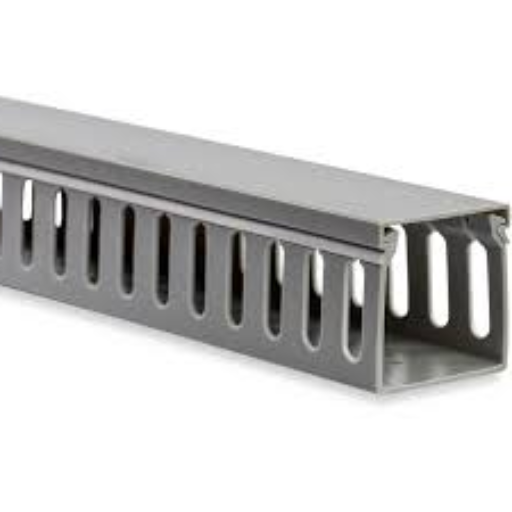
It is a structural solution aimed at managing and protecting electric cables within a building this is cable raceway system. This includes covered channels that direct cables and hide them from the view of people thereby preventing physical damage and reducing clutter. There are numerous types of raceways available for purchase made out of various materials like plastic, metal, or fiberglass and can be mounted on walls, ceilings or under floors. These systems are effectively used in places with many cords such as offices, data centers, or industrial settings because they help to keep things tidy by ensuring organized cabling that adheres to safety regulations. Raceway systems can enhance both safety and efficiency in electrical installations through effective cable management.
Rigid Metal Conduit (RMC):
Intermediate Metal Conduit (IMC):
Electrical Metallic Tubing (EMT):
Plastic or Non-Metallic Raceways:
Flexible Metal Conduit (FMC):
Surface-Mounted Raceways:
To choose the right raceway system considering some aspects such as level of protection required , ease of installation and cost , one can look at the above types of cable raceways vis-a-vis their corresponding technical parameters.
Using a cable raceway has several advantages that improve both the effectiveness of operations and safety:
However, if you integrate cable raceways into your approach for managing cabling system, you can have a more organized, safer and efficient network infrastructure.

To ensure that you select the most appropriate cable raceway for your purposes, there are several important factors to be considered.
By looking at these factors you can choose what will work best considering three things such as functionality looks like and cost so that you end up with a solution tailored towards managing cables optimally.
Comparing raceway kits on three websites are among the top-ranked on google.com is a helpful way to get insights and ideas for products.
Legrand Wiremold® C110 Mid-Size Plastic Raceway Kit
D-Line® 1.18″ x 0.59″ Cable Raceway Kit
PANDUIT® LD Surface Mount Raceway Kit
By examining these options, you can choose a raceway kit that best fits your specific cable management needs, whether prioritizing ease of installation, aesthetic integration, or capacity requirements.
Cable Matters® J Channel Cable Raceway Kit
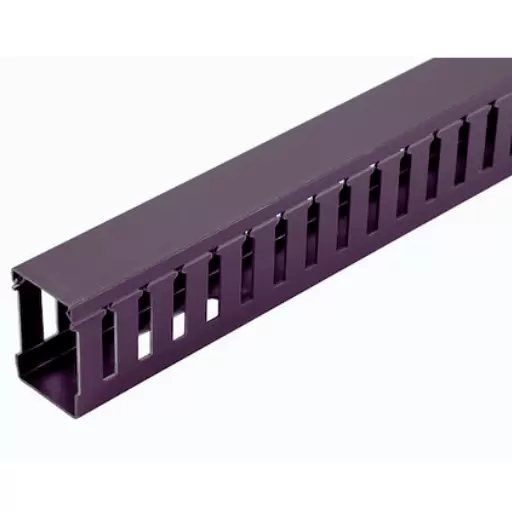
To install cable raceway successfully, having the right tools is imperative. Below are some of the commonly required tools for this installation:
These tools can help to make a smooth and efficient installation process therefore ensuring that your cable raceways will be installed neatly and securely.
By following these suggestions, you can create a neater, more organized and customizable cable management system.
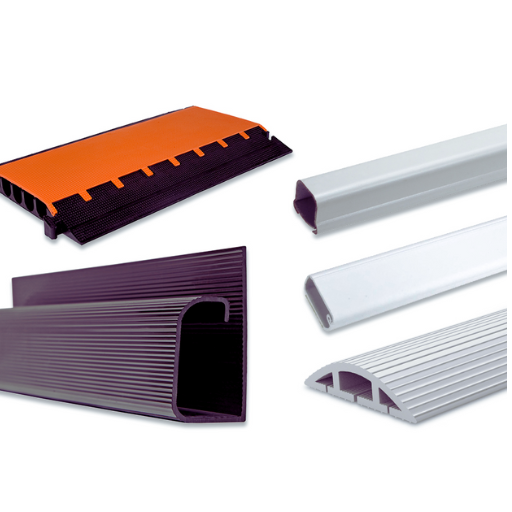
An effective cable management system must be kept updated as per best practices. To get started, conduct regular checks on all cables and their joints to detect any signs of wear and tear or possible malfunctions. Take care of broken cables or those that are frayed before it leads to a service breakdown or some dangerous situation. Moreover, the layout should be re-evaluated periodically in order to cater for new devices or modifications required for optimum performance. Keep cable organized with the use of Velcro straps and/or cable ties which should not be too tight thereby damaging wires. For instance, keep labeling each cable properly however when adding new components and so on. Lastly make sure there is always room left for further expansion hence making next time updates easy while still keeping things well arranged and functional.
If you wish to improve the performance and appearance of your wire covers, there are few factors that must be put into consideration. Begin by evaluating your present wire covering system and pinpointing areas where it needs betterment or replacement. Select quality wire covers which are flexible in nature and can manage a given number of wires you possess. While selecting them, choose flame retardant items with abrasion resistance capabilities for extra safety and durability.
Afterwards, measure the required length of the cover and cut it leaving some allowance for future adjustments. If they are subject to movement or rough usage, ensure that these wires covers are fastened using appropriate brackets or clips to hold them together firmly. Do not have any overlaps or tangles when arranging the wires inside this covering area.
The next thing is making sure that the cord management systems are properly installed so as not to make access difficult whenever anyone wants to maintain them in future time. In order to keep up with your cable management routine assess the wire covers regularly replacing any worn out parts. This way of doing things will enable efficient, neat and secure cable management system.
There are a few basic guidelines that can help you with keeping your cables neat and tidy. First of all, you need to sort and label the cables in order to be able to locate them quickly and easily, especially if there are many in your setup. Neatly bundle them together using cable ties, velcro straps or clips so that they do not get tangled up. Secondly, invest in a quality cable management system which may include cable trays, racks or under-desk organizers to raise the cables above the floor level, thus avoiding any cluttering at your workstation. Periodic checks on wear and tear must be carried out; therefore, it is important to check your cable management system regularly and make the necessary adjustments on time. These techniques will assist in maintaining an efficient cable managing scheme which is clean and well organized.
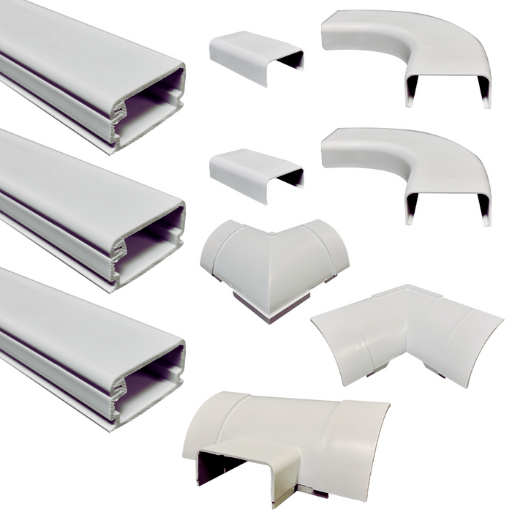
Several common issues arise when troubleshooting installation problems with cable raceways. A major one is poor fit, whereby the raceway is smaller than necessary for accommodating the required number of cables thus leading to over-crowding and likely damage. For this reason, ensure that you pick a raceway that has a bigger capacity for current and future cables.
Another problem usually faced involves poorly positioned raceways which may sag or come off due to time effects. To avoid this, utilize recommended mounting accessories and make sure that the raceway is firmly attached to its mount surface. Furthermore, wrong alignment between sections of a raceway may result in openings as well as misalignment that can destroy the integrity of cable management system. Make sure you pair sections correctly and employ connectors or couplings to keep an unbroken path for wires safe.
Finally, not adhering to installation guidelines provided by manufacturers may cause compatibility and performance problems among others. Always read through the instructions given carefully and observe all specifications if you want your installation project to be successful and efficient. These common problems can be tackled so as to obtain a dependable well-ordered cabling system.
To begin dealing with loose or exposed cords, one must first identify possible hazards and take measures to mitigate them. First off, using cable clips or ties can be used to bind cords together in order to reduce mess and avoid tripping over or unplugging the cables unintentionally. Cable management sleeves are another effective remedy as they enable many cables to be held together in a single sleeve made of rubber-like material that is able to bend hence giving both neatness for the wires and protection. Secondly, fastening cords along baseboards or beneath tables using glue-backed cable organizers can help keep them out of sight and minimize their exposure. Cord covers could be installed across open areas such as floors thereby creating a level surface for walking on while also ensuring smooth passage for electrical lines minimizing wear and tear as well as danger of tripping. Finally, consider getting furniture with built-in cord management features or use desk grommets for routing cables neatly. By adopting these strategies, you shall maintain a safer and better organized workplace/home setting.
To ensure integrity and functionality, it is vital that when handling repairs or replacements in a cabling system, the process should be carried out systematically. Start by identifying damaged or outdated cables. Visual checks are essential and these may involve looking for signs of wear such as fraying, bare wires or discoloration. Appropriate tools like wire cutters, strippers and crimpers can be used to precisely remove defective segments and replace them. To avoid regular replacement of cables opt for high-quality ones that comply with industry standards for optimal performance.
For network cables, test connectivity with a cable tester to confirm the issue. Once you have identified a faulty cable, replace it carefully then re-test the network so as to reinstate connectivity. Always disconnect the power supply before handling any power cable to avoid electrical hazards. Replace damaged plugs and connectors where necessary; make sure connections are also firm without causing short circuits.
Where replacements may not be possible consider professional repair services instead. The technicians who use special tools and techniques can do expert assessments on your cabling system and fix it. Regular maintenance schedules can also help detect early signs of deterioration meaning that they can be proactively repaired so as to minimize downtime.
By following these guidelines, one ensures that there is a strong cabling infrastructure which is dependable and safe too.
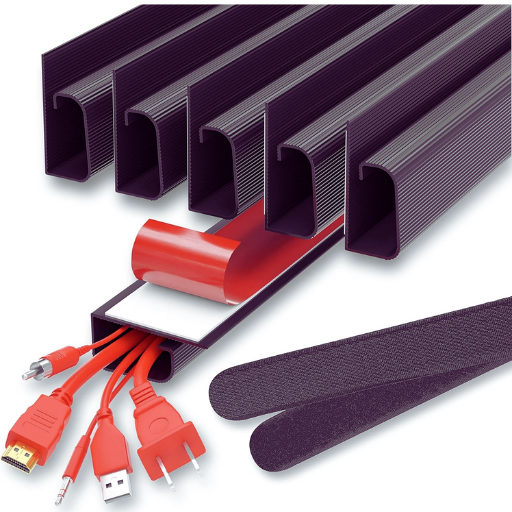
A: Cable raceways are like channels or covers that keep wires and cables safe, orderly and concealed within homes as well as offices. Cable pathways can be used to avoid trips, prevent visual confusion, and protect the integrity of your cords.
A: The right cable raceway is based on several factors such as the type of cables being organized (Wall mounted TVs), size, whether it is paintable, if it has adhesive backing and if it PVC friendly. Assess also whether you need a corner duct for a cable hider? Or maybe you need desk cable organizers or wire covers for cords?
A: In terms of aesthetics; hiding messy cables, protecting wires from mechanical stressors, preventing stumbling blockages in passages .To maintain an orderliness at work places.
A: The process of installing a cable raceway kit usually includes measuring and then cutting the raceway according to desired length which is then fixed with screws or adhesive backing after which all cables are put inside. Other kits may have more stuffs such as end caps or connectors for neatness.
A: Yes, cord coverings/cable covers function perfectly well when installed under office desks so that they help keep wiring organized out of sight. These can be used alongside a desk cable management tray OR alternatively with a rack in managing matters of efficiency better.
A: Absolutely Yes. There are specific cable raceways designed for wall mounted TVs that help conceal the wires going down the wall. These cable hiders can neatly conceal cables leaving a clean look to your house and can be paintable to match your wall color.
A: Adhesive backed cable raceways are highly convenient and reliable in most applications, as it makes easy the installation process. However, how effective they will be depends on the surface and its application. Heavier or more intricate setups may require screw-mounted solutions.
A: A cable sleeve is a flexible cover, often fabric-based which helps bundle many cables together while a cable raceway is rigidly attached to surfaces unlike cabled sleeves which are portable and used for managing cables that need regular movement or adjustment.
A: Of course, many of them can be painted. This blending of your wire track with your walls creates an overall beautiful space. It’s important to choose paint that bonds well with the material of the raceway generally PVC.
A: Delamu as well as others like D-Line sell different types of good-quality products for cord hiding such as cord hiders, wire raceways, kits with cord management systems etc. They provide long life-span, easy fixing up and attractive design patterns.